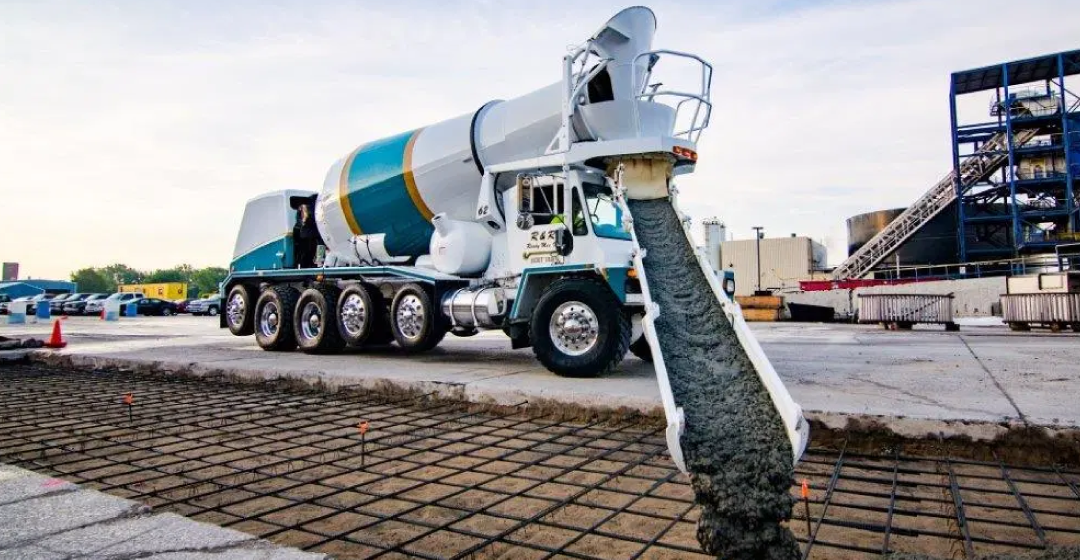
Why is it Important to Have a Good Ready-Mix Concrete Design?
A sound infrastructure is built on the foundation of a suitable concrete mix design.
Concrete mix design is a technique of preparing a mixture of components to provide the concrete structure the required strength and longevity. It is not an easy undertaking to develop an excellent concrete mix because each element in the mix has distinct qualities. All ingredients must be examined to verify their physical qualities as well as the project location's carrying capabilities.
The ingredients to be tested: water, fine aggregate (sand), coarse aggregate, cement, chemicals, reinforcement, and soil.
The values of the physical properties obtained after testing will be used as the basis for all concrete mix design considerations. This will ensure the structure will be sound and prevent failure of the mix. It is important to note that the ingredients for the mix might vary from one project location to another, so the physical properties must be tested for the requirements specified for each location.
Types of concrete mix
The two types of concrete mix are normal performance concrete and high-performance concrete, and they’re characterized by their compressive strength:
Normal Performance Concrete
A normal performance concrete mix has a performance strength ranging between 20 and 40 MPa. It is the more used mix of the two. Normal performance concrete has good workability if all of the mix ingredients are in accurate proportions. When freshly mixed, the concrete must be plastic or semi-fluid so that it can be molded.
High-Performance Concrete
A high-performance concrete mix has a performance strength above 40 MPa. The main purpose of using high-performance concrete is to reduce the weight, creep or permeability issues, and to improve the durability of the structure. Like the normal performance concrete mix, this mix must be plastic or semi-fluid when freshly mixed so that it can be molded.
Because high-performance concrete has a high cement content, it is often sticky and hard to be handled and placed. However, this does not cause the cement to bleed, an issue that normal performance concrete might run into.
Factors affecting concrete mix design
Strength and durability of the concrete mix design are dependent upon the following factors:
Grade designation: Concrete’s strength is measured in N/mm2 when subject to test after curing in any curing medium. The choice of concrete grade depends on its usage.
Choice of cement: Cement choice varies depending on usage. The cement should be tested for performance required by their usage before being tested in the design mix.
Choice of aggregate size: Aggregates needed for each mix is dependent upon the physical properties needed for the design. All aggregates must be quality sized before use.
Type of water: Any water used for concrete mix design should be tested before use to ensure it is within the range of water required for concrete. Most all consumable water is good for concrete work, but should still be tested.
Water to cement ratio: The ratio of water to cement should be tested for consistency, initial and final setting, soundness of the cement, workability, slump of the concrete and compacting factor.
Workability: This is the measure of ease of mixing concrete without segregation or bleeding. It mostly depends on the designed slump of the concrete.
Durability: This is the measure of the required strength (N/mm2) of any concrete grade after 28 days of curing. Durability should be control tested on site.
A quality concrete mix design is crucial for successful construction. At Concrete Supply Co., we sleep better at night knowing our end-to-end ready mix concrete solution meets the highest quality performance in concrete, and our integrity in doing so is unparalleled.




